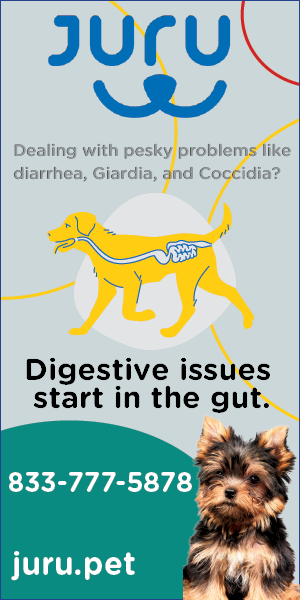First, no new pathogens (agents that cause disease like viruses and bacteria) were found in any sick dogs. Canine Infectious Respiratory Disease Complex (CIRDC) is like “flu season” in people. Many dogs get symptoms like fever, cough, runny nose, and tiredness every year. Several different viruses or bacteria can cause CIRDC. So far, nothing new has been discovered in any dog with the “mystery illness.” Most recover with no problem, but sometimes individuals get very ill. The hype focused on the few dogs that got a lot sicker for a longer time, called “atypical” or aCIRDC. There are a few reasons it seems like more dogs have gotten the atypical version this year:
Brachycephalic or short-nosed breeds are more susceptible to severe respiratory disease. The French bulldog became the most popular breed in America in 2022. This means there are many more short-nosed dogs than in past years.
Many dogs missed their yearly exams and vaccines during the pandemic. This makes them more vulnerable to severe disease.
More dogs are “getting out there” at dog parks, day cares, and traveling, and meeting other dogs along the way. Pair that with less vaccine coverage and more dogs will get sick.
Unless an illness has significant public health effects like rabies, there is no required reporting. Recent numbers on respiratory cases come from pet insurance claims. Pet insurance has grown in popularity, meaning more people submitted claims when their dogs got sick. It doesn’t mean that more dogs got sick in total, we are just more aware of them.
Ultimately, the hype around this disease was likely an increase in attention and not a true increase in illness. But it reminded us to take steps to prevent or limit the spread of severe disease. These steps can help against diseases like respiratory, brucellosis, parvovirus, and others:
1. Keep dogs up to date with core vaccines. USDA requires all licensed kennels to vaccinate against rabies, distemper, and parvovirus [Section 3.13(a)(3)]. These, adenovirus types 1 and 2, and parainfluenza make up the core vaccines recommended by the American Animal Hospital Association (AAHA). Your veterinarian may recommend additional vaccines such as leptospirosis, canine influenza, Lyme disease, and Bordetella. We don’t have vaccines for every disease, such as brucellosis. But regular vaccinations we do have keep the immune system “primed” and ready to fight off other infections.
2. Check for disease often and address it quickly. USDA also requires screening tests for heartworm and fecal parasites. You also must observe dogs every day for signs of illness. Certain states require screening for brucellosis. If you find evidence of disease from testing or your observations, acting quickly can minimize the severity for that dog and the spread to other dogs.








